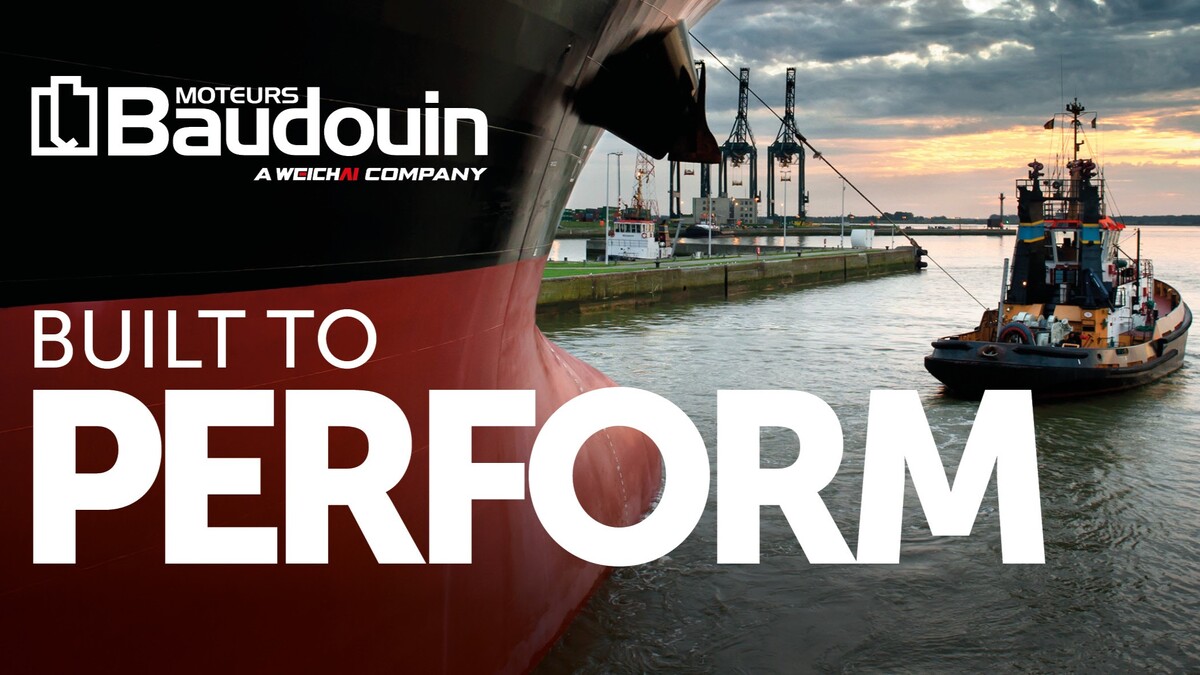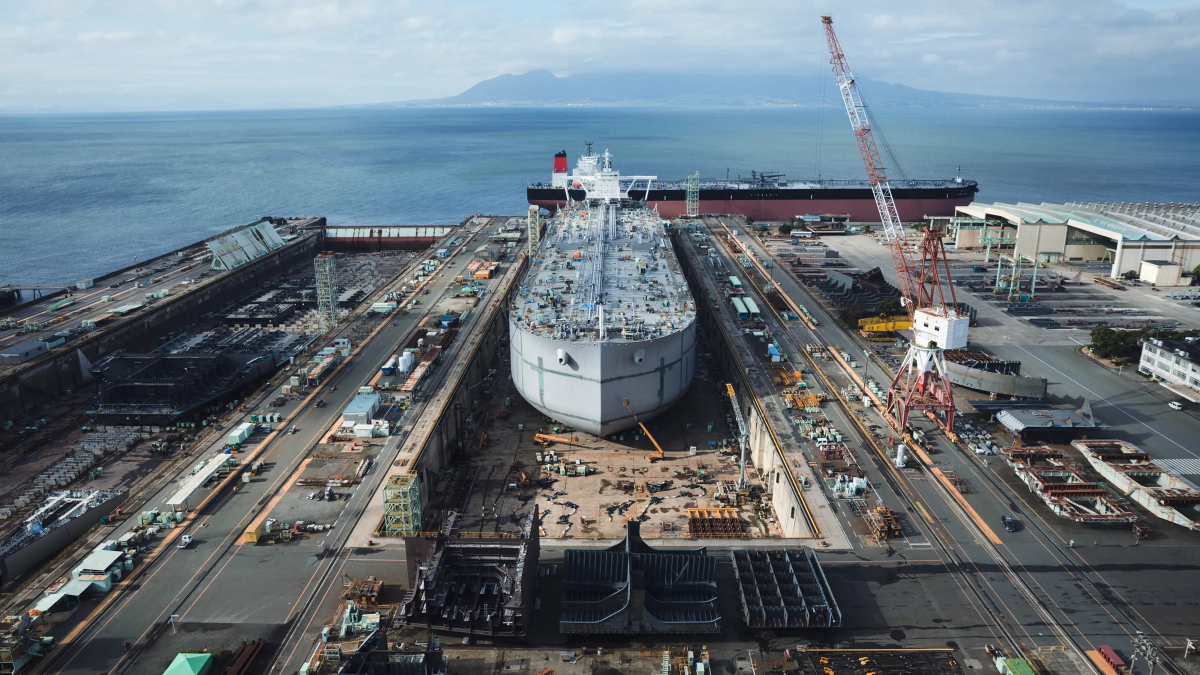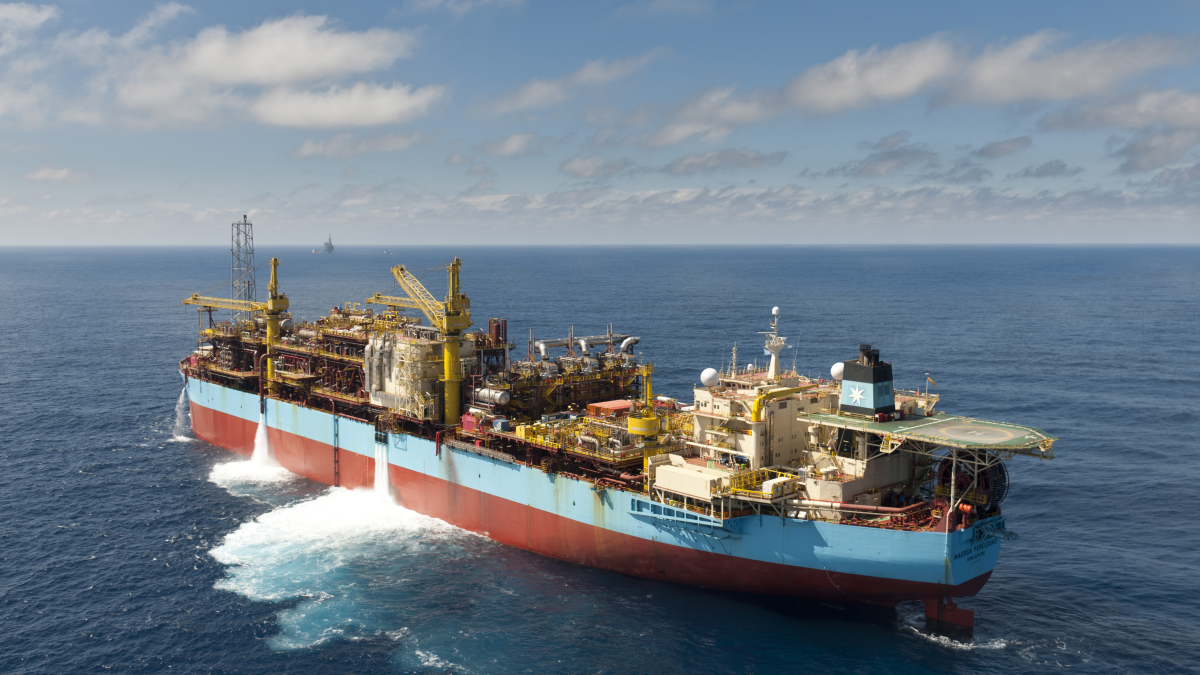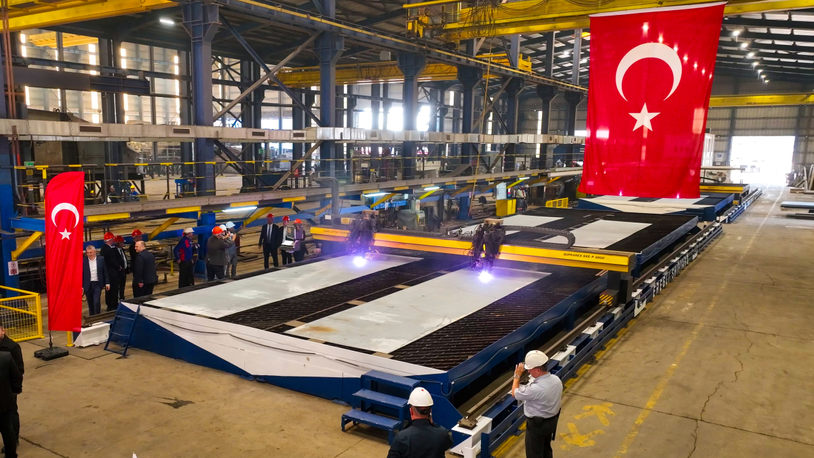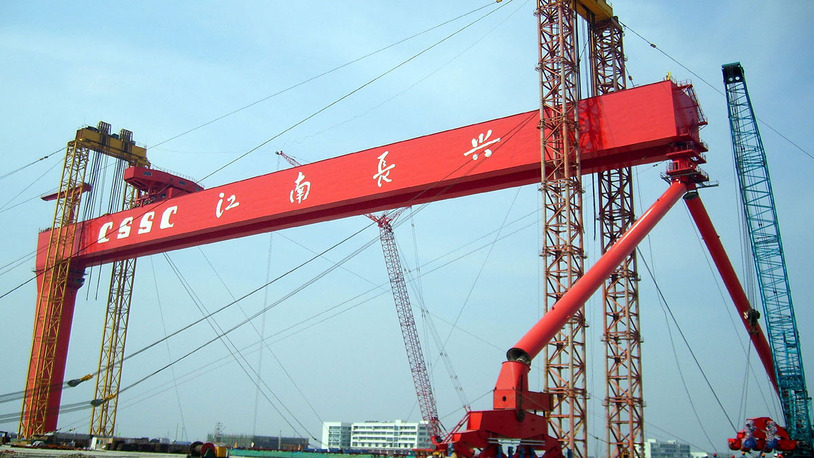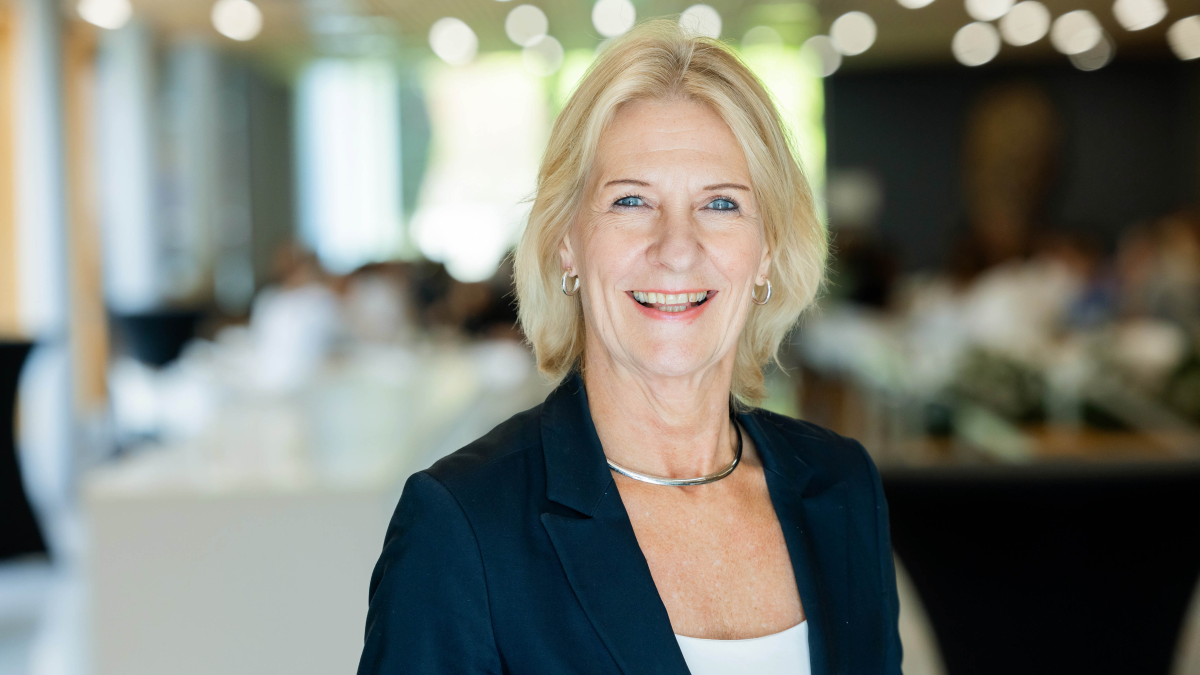Business Sectors
Contents
Register to read more articles.
US$2.4Bn kickstarts carbon capture in Denmark
Over the next 10 years, Denmark will spend Dkr16Bn (US$2.4Bn) to support the development of carbon capture, transport and storage in the country, including a project in the North Sea
The Danish Government sees carbon capture and storage (CCS) and carbon capture, storage and utilisation (CCUS) as important tools in combating climate change and realising its climate targets of a 70% reduction in greenhouse gas (GHG) emissions by 2030, and climate neutrality by 2050.
In 2020, the Danish Government agreed to cancel further licensing of oil and gas exploration in its sector of the North Sea and will phase out all oil and gas production by 2050.
“For decades, oil has been pumped up from the North Sea,” said Danish Minister for Climate, Energy and Utilities Dan Jørgensen. “That must become a thing of the past. Instead, we must capture CO2 and store it in the same underground. It is precisely this technology that plays an important role in our 70% target. Capturing and storing CO2 can reduce emissions in some of the places where it has been very difficult so far. For example, in relation to waste incineration and cement production. The potential is enormous, and therefore it is important for us to kick start the market now.”
Denmark could start delivering large-scale CO2 reductions via CCS by 2025. In early December, the Danish Energy Agency announced an award of Dkr197M (US$29.9M) to the consortium behind Project Greensand for CCS in the North Sea. The funding will finance the development and demonstration of CO2 capture and storage. The storage potential in Project Greensand is 0.5-1M tonnes of CO2 per year from 2025, increasing to 4M-8M tonnes of CO2 per year by 2030.
The project will be developed in three phases (appraisal, pilot and full project executive). FID on the project is set for H2 2023.
A major hurdle for the project was cleared when DNV certified that the Nini West field was conceptually suitable for injecting 0.45M tonnes of CO2 per year per well over a 10-year period, and that the subsea reservoir can safely contain the CO2.
Members of the INEOS Energy-led consortium include Aalborg Portland, Aker Carbon Capture, Blue Water Shipping, Dan-Unity CO2, DFM, DHI, DTU, Energy Cluster Denmark, Esvagt, Geelmuyden Kiese, GEUS, INEOS Oxide Antwerp, Maersk Drilling, Magseis Fairfield, Makeen Energy, NLIR, NOC, Rambøll, Resen Waves, SAExploration, Schlumberger-New Energy, Semco Maritime, Southampton University, Spotlight, Teknologisk Institut, Welltec, WindPowerLab and Wintershall Dea.
AiPs for CO2 carriers
Consortium member Dan-Unity CO2, a joint venture of Navigator Gas and Evergas, is developing specialised liquefied CO2 carriers to support CCS. Two liquefied CO2 carrier designs, one 12,500 m3 and the other 22,000 m3 capacity, developed by TGE Marine for Dan-Unity CO2, have been granted an approval in principle from ABS.
TGE Marine’s CO2 carrier, tank and cargo handling technology is derived from its experience with semi-refrigerated LPG, ethylene and ammonia tanks and cargo systems. “As a liquefied gas, CO2 is similar to most cargoes transported under the IGC code,” said TGE Marine, “but due to the thermodynamic behaviour with a triple point at 5.13 bar and the high density, there are some challenges which have been addressed in our design.”
One 22,000 m3 carrier can transport about 500,000 tonnes of CO2 annually when operating between the northwest European region and Iceland’s upcoming Coda Terminal near Reykjavik, operated by Dan-Unity’s partners, Carbfix. The vessels will be purpose-built, making them incompatible with any other trades; consequently, longer term contract commitments are required to initiate newbuilding projects, said Dan-Unity CO2.
“Dan-Unity CO2 has taken a leading role in developing the needed transport solutions and the Danish Maritime Fund has supported us in our goals with a grant of Dkr2.8M (US$428,000) to develop the vessel designs. We are proud to present the ground-breaking vessel design to yards interested in building our new vessels,” said Dan-Unity CO2 chief executive Steffen Jacobsen.
Dan-Unity CO2, together with its Icelandic partner Carbfix, plans to enable large-scale CO2 emissions transport and storage by 2025. The CO2 will be stored in Iceland’s volcanic bedrock and converted into stone within two years, with a capacity of 2,500 giga-tonnes of CO2 – more than 55 years of the entire globe’s emissions.
Related to this Story
Events
International Bulk Shipping Conference 2025
Tankers 2030 Conference
Maritime Navigation Innovation Webinar Week
© 2024 Riviera Maritime Media Ltd.

